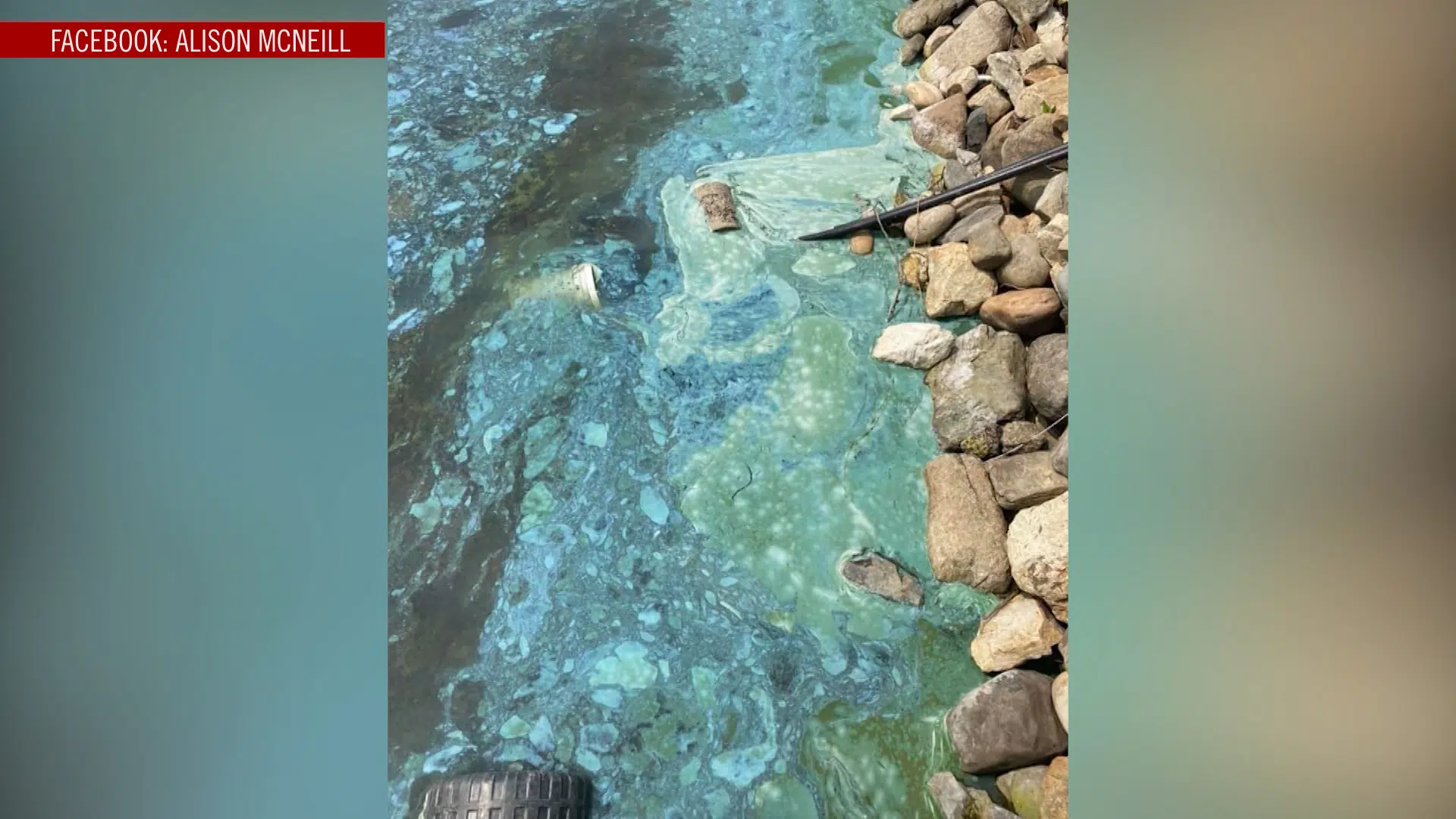
Local lakes continue to face blue-green algae blooms
PRINCE GEORGE — The heat is back in Prince George and the algae blooms have already begun.
On Wednesday afternoon images of blue-green algae on the shores of West Lake circulated online. In recent years many local lakes have faced the wrath of blue-green algae including West Lake, Cluculz Lake, Bednesti Lake, Berman Lake, Norman Lake, and Tabor Lake among others.
“We get blooms of it in small lakes pretty regularly around the planet, in fact,” said Dr. John Davidson, a Professor in the UBC Department of Forest and Conservation Science. “In the springtime, all the little invertebrates are feeding on algae and those invertebrates eventually get fed on by fish. They’re eating the so-called good algae, which means that as they get depleted, and especially as it gets warmer, they’re eating more and more and more because it’s warmer. They’re leaving behind some blue-green algae, which means that they can all of a sudden obviously take off [as invertebrates get depleted].”
